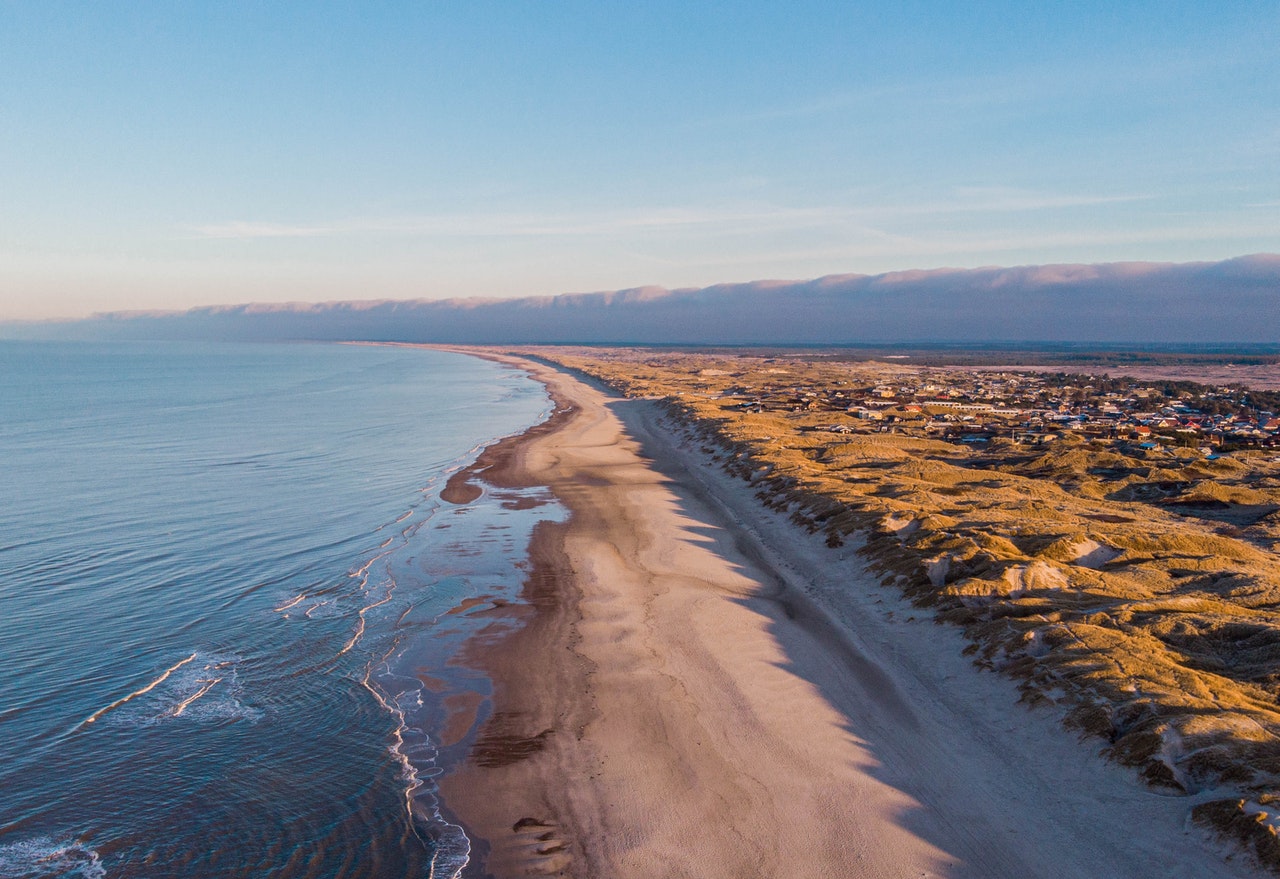
The primary aim of the Climate and Coastal Protection Challenge was to assess the possibility of producing very specific spatial data layers and time history plots for selected climate and coastal variables for the study area of the North Sea Basin. The challenge was carried out on the basis of existing data in order to assess whether the availability, consistency and resolution of the data are sufficient. The challenge was undertaken from the perspective of a data user or consultancy company requiring easy access and interpretation of sea level, sea temperature and sediment data.
This challenge was split into two sets of assessments:
- to produce spatial data layers for the past 10, 50 and 100 years and;
- to produce time history plots averaged over the whole Basin of selected climate and coastal process variables for different depths and geographic locations.
The spatial data layers produced were:
- Average annual sea-level rise [1] at the coast (absolute and relative to the land);
- Average annual change in temperature at surface, midwater (also referred to and interpreted as mid-depth) and sea-bottom (also referred to and interpreted as near-bed);
- Sediment mass balance at the coast.
Time history plots (at least 50 years of data) were:
- Average annual sea temperature over sea-basin at surface, midwater column (mid-depth) and bottom (near-bed);
- Average annual changes in internal energy of sea;
- Average annual sea-level rise relative to the land for each NUTS3 region along North Sea coast;
- Annual sediment balance along North Sea coast for each NUTS3 region along North Sea coast.
The final output of the challenge and lessons learnt was outlined in detail in the challenge’s Data Adequacy Report (DAR), which was delivered in July 2015. The outcomes have been presented:
- at EMODnet steering committee meetings, and
- at an EMODnet checkpoint meeting.
Click here to view the Climate and Coastal Protection Challenge Data Adequacy Report
[1] Terminology from the project definition has been used for these variables, but it is noted that this, and other similar variables listed here, are also commonly referred to as ‘annual average’.
